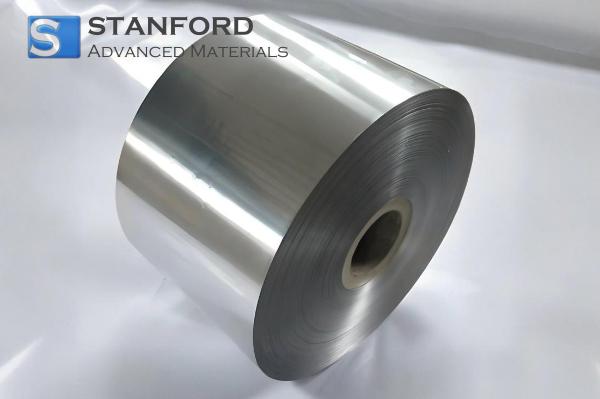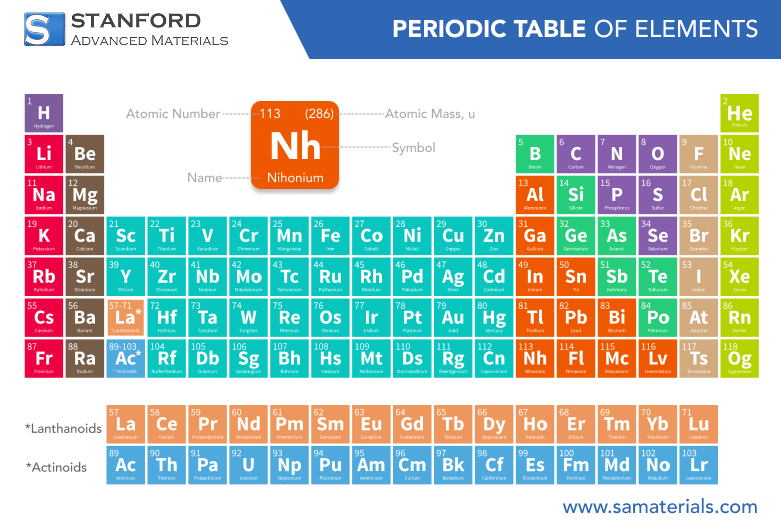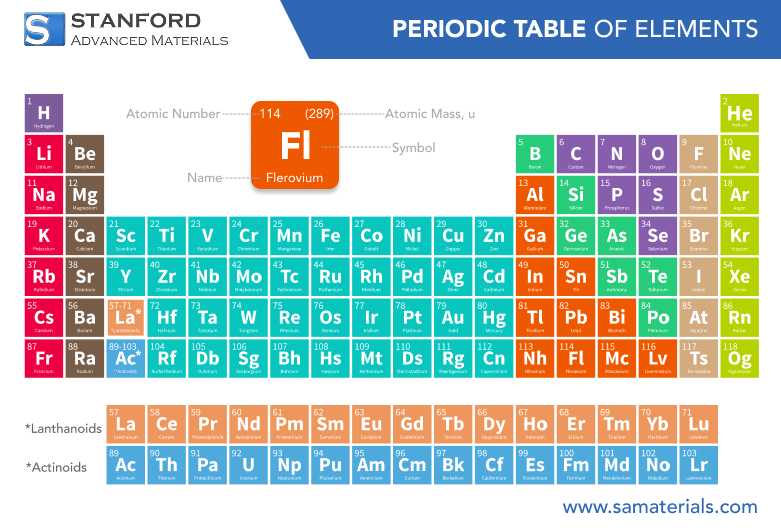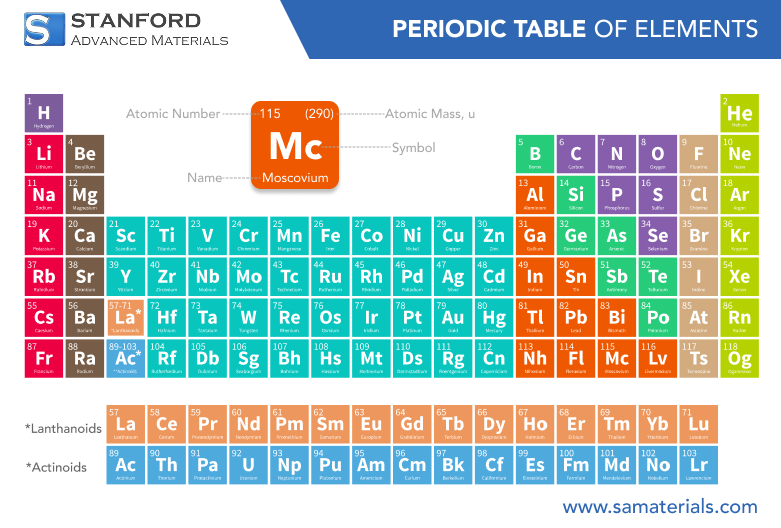Radon: Element Properties and Uses
Description
Radon is a naturally occurring noble gas with distinct chemical and physical properties. This post covers its preparation methods and industrial applications.
Introduction to the Element
Radon is a radioactive noble gas formed from the decay of radium in the Earth’s crust. Radon is present in varying amounts in soil, rocks, and water, and its natural occurrence has made it a subject of scientific investigation for decades. Although it is chemically inert like other noble gases, radon can have profound health implications when concentrated in enclosed spaces. Researchers use radon as an indicator for natural radioactivity in the environment, and its behavior provides insights into geological processes.
Chemical Properties Description
Radon’s chemical properties are defined by its position in the noble gas group. It has a complete electron shell, which results in extremely low chemical reactivity under normal conditions. However, due to its radioactivity, radon exhibits unique behavior compared to other inert gases.
Physical Properties
This gas is colorless, odorless, and tasteless, which makes its detection in natural environments challenging without proper instrumentation. Its high density, a result of its large atomic mass, means that radon tends to accumulate in lower areas such as basements and underground structures. Temperature and pressure can influence its state, and because it is a gas at room temperature, proper ventilation is critical in spaces where radon is present.
Property | Value |
Atomic Number | 86 |
Atomic Weight | ~222 |
Density (gas at STP) | 9.73 g/L |
Melting Point | -71°C |
Boiling Point | -61.7°C |
Radioactive Half-life | 3.8 days (Rn-222) |
For more information, please check Stanford Advanced Materials (SAM).
Common Uses
In research laboratories, radon serves as a tracer gas, allowing scientists to monitor air and water movements in environmental studies.
Its radioactive properties are utilized in experiments designed to understand nuclear decay and radiation effects.
Additionally, radon plays a role in testing the sensitivity and accuracy of detection equipment.
In controlled conditions, radon can also be used in radiographic techniques and in calibration procedures for radiation detection systems.
Preparation Methods
The preparation methods for radon are closely linked to its natural production processes. Radon is generated by the decay of radium, which is naturally embedded in certain soils and rocks. In laboratory settings, specialized equipment is used to capture and concentrate radon gas released from radium decay. These methods involve isolating radon in sealed systems that prevent accidental exposure, ensuring that the gas can be safely handled for research or industrial purposes.
Frequently Asked Questions
What is radon?
Radon is a radioactive noble gas produced from the decay of radium and found naturally in the Earth’s crust.
How is radon formed?
Radon is generated when radium decays in soil and rock, releasing the gas into the surrounding environment.
What are the health risks of radon exposure?
High levels of radon exposure can increase the risk of lung cancer, especially in poorly ventilated indoor spaces.
How can radon be detected in homes?
Specialized radon detectors are used to monitor and measure the concentration of radon gas in residential and commercial buildings.
What industrial applications involve radon?
Industries use radon for scientific research, environmental tracing, and the development of safety products like radon detectors.







